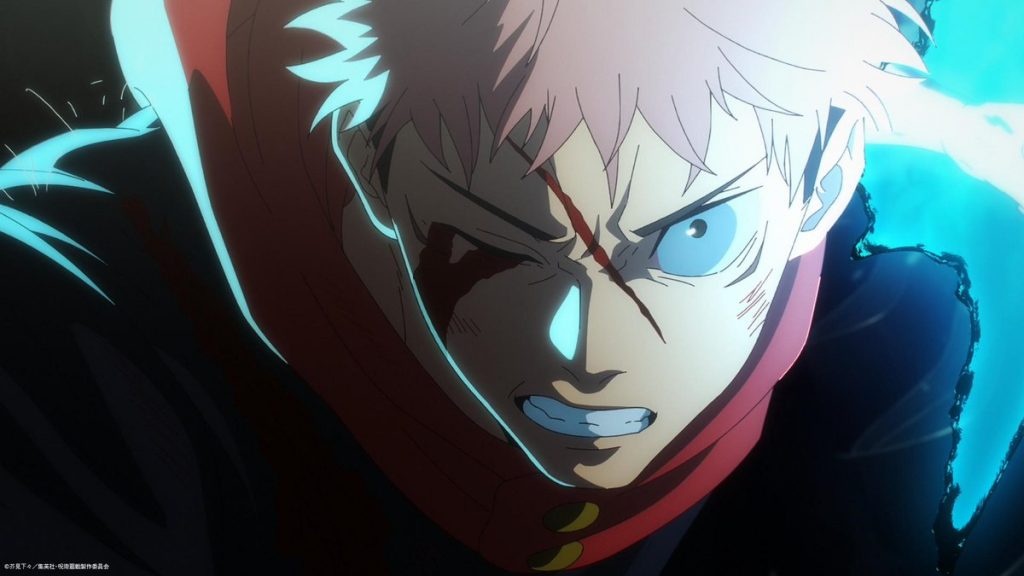Following the highly successful second season of Jujutsu Kaisen, revelations have emerged regarding the challenging working conditions faced by the staff and animators at MAPPA. While the season delivered on one of the series’ best arcs, the Shibuya Incident, it was marred by controversies surrounding the treatment of MAPPA’s workforce.
During the first half of the season, which covered the Hidden Inventory Arc, production seemingly proceeded without major issues. However, the situation drastically changed in the second half, where reports of poor working conditions at MAPPA came to light. Testimonies from MAPPA workers shed light on the grim realities faced by animators in the anime industry.
Animator Dormitory Channel, a YouTube channel documenting the anime industry and assisting struggling animators, conducted interviews revealing significant challenges within the industry. One key issue highlighted was the shortage of professional animators and the reluctance of studios to invest in training the next generation. This scarcity has led to fierce competition for animators, with studios resorting to poaching talent from one another.
Despite the demand for animators, wages have remained low, prompting many to feel that their compensation does not reflect the demanding nature of their work. While technological advancements have aided animation processes, much of the work remains manual, contributing to the burden on animators. Concerns have been raised about the future of the industry once the current generation of animators retires, with little effort invested in training new talent.
Efforts to address these challenges have been made, including initiatives by the Japanese government such as the Young Animator Training Project. This project aims to nurture young animators by providing grants for short film projects mentored by established companies. While these programs have had shortcomings, they have provided valuable on-the-job training for aspiring animators.
Despite the challenges, some studios are making strides towards improving working conditions. Kyoto Animation, known for its employee-centric approach, refuses to outsource work and invests in training its animators. Studio Pierrot has increased salaries and shifted towards seasonal anime production to prioritize quality over quantity. Other studios like Wit Studio, Studio Bones, and Toei Animation have also prioritized fair compensation and good working conditions for their staff.
While controversies surrounding MAPPA’s handling of Jujutsu Kaisen Season 2 have highlighted systemic issues within the anime industry, there is growing recognition among studios of the importance of supporting their workforce. As efforts to improve conditions continue, there is hope that fair compensation and good working conditions will become the norm across the industry.
FAQ
What were the major issues faced during the production of Jujutsu Kaisen Season 2? The second season of Jujutsu Kaisen faced significant challenges related to poor working conditions for animators at MAPPA. Reports emerged of low wages, long hours, and a shortage of professional animators, highlighting systemic issues within the anime industry.
What initiatives have been undertaken to address the challenges in the anime industry? Initiatives such as the Young Animator Training Project by the Japanese government aim to nurture young animators by providing grants for short film projects. Additionally, some studios, including Kyoto Animation and Studio Pierrot, have prioritized fair compensation and good working conditions for their staff.
How are studios working to improve conditions for animators? Studios like Kyoto Animation and Studio Pierrot have adopted employee-centric approaches, refusing to outsource work and investing in training their animators. Other studios, such as Wit Studio, Studio Bones, and Toei Animation, have also prioritized fair compensation and good working conditions.
What is the future outlook for the anime industry? While challenges persist, there is growing recognition among studios of the importance of supporting their workforce. Efforts to improve conditions are underway, and there is hope that fair compensation and good working conditions will become the norm across the industry, ensuring a sustainable future for anime production.
